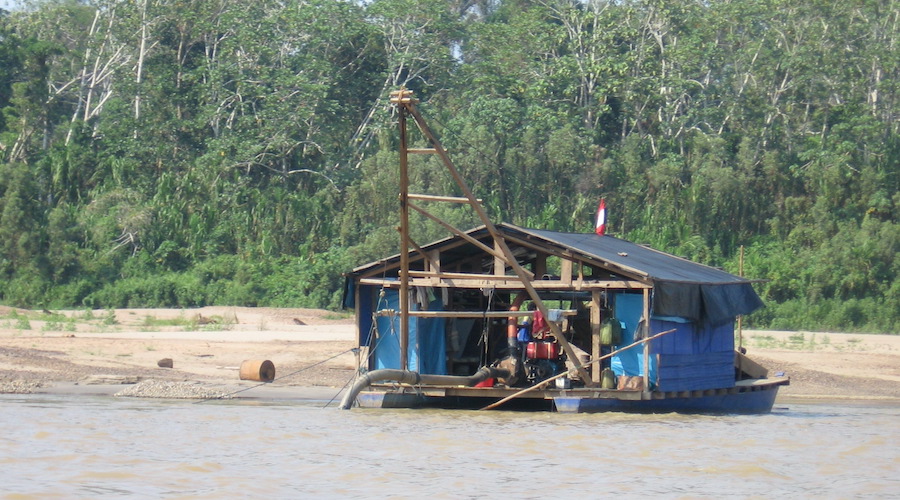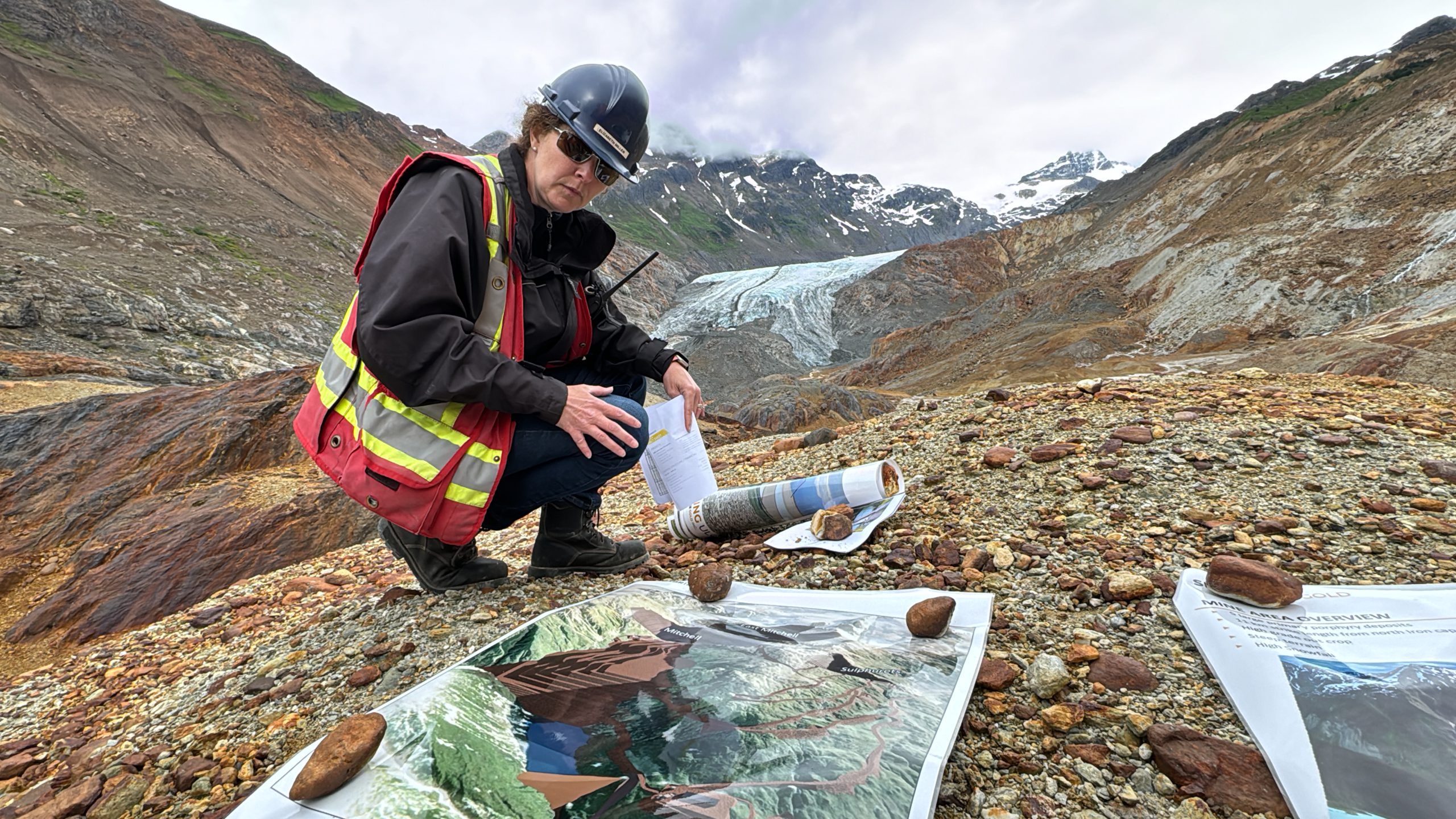Interventions against illegal mining in Peru narrowly effective

A new study by researchers with the American Geophysical Union found that a major intervention against a hotspot for illegal river gold mining proved to be only narrowly effective at halting environmental degradation in the Madre de Dios region of Peru.
In 2019, the Peruvian government carried out a major operation to target illegal gold mining activities in the protected tropical biodiversity hotspot of Madre de Dios in the Amazon basin. By analyzing optical and radar satellite data, the AGU researchers found that the intervention succeeded in stopping illegal mining by 70-90% in the protected region but led to a rapid increase of mining operations in private and public lands outside the targeted zone—in some cases, mining even continued across the highway from the protected region.


